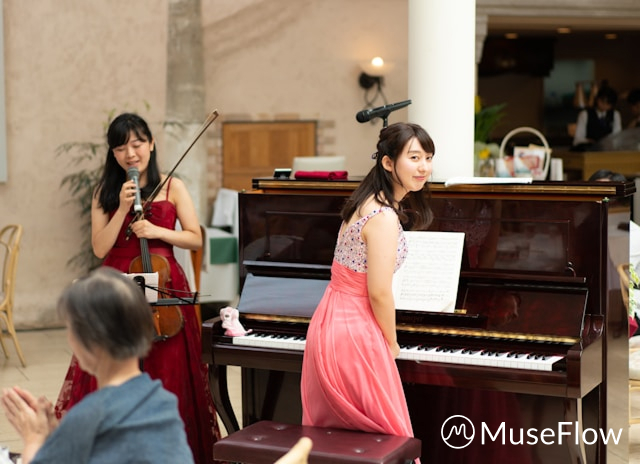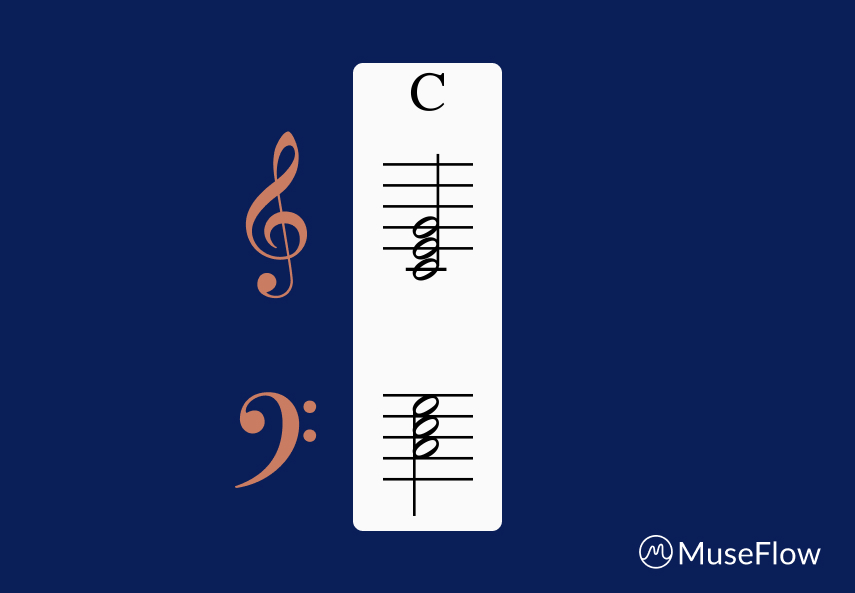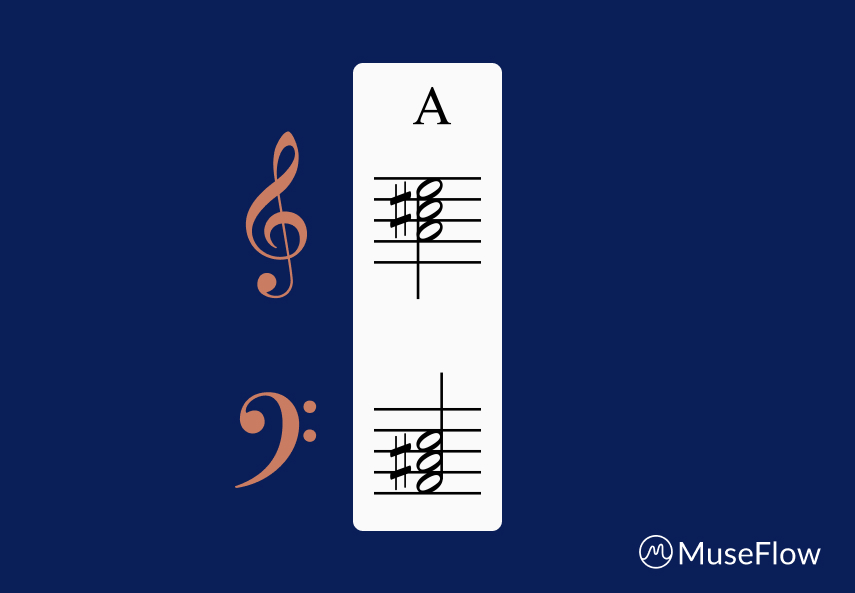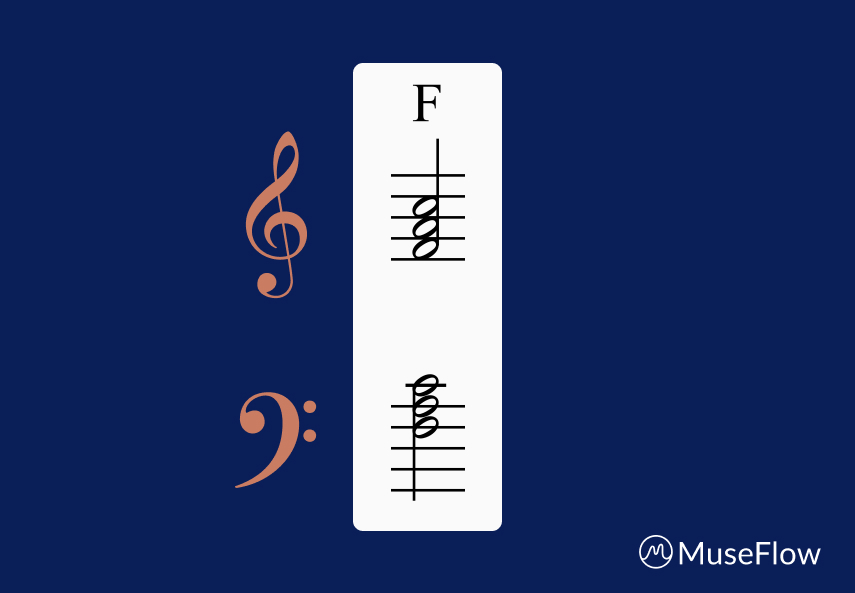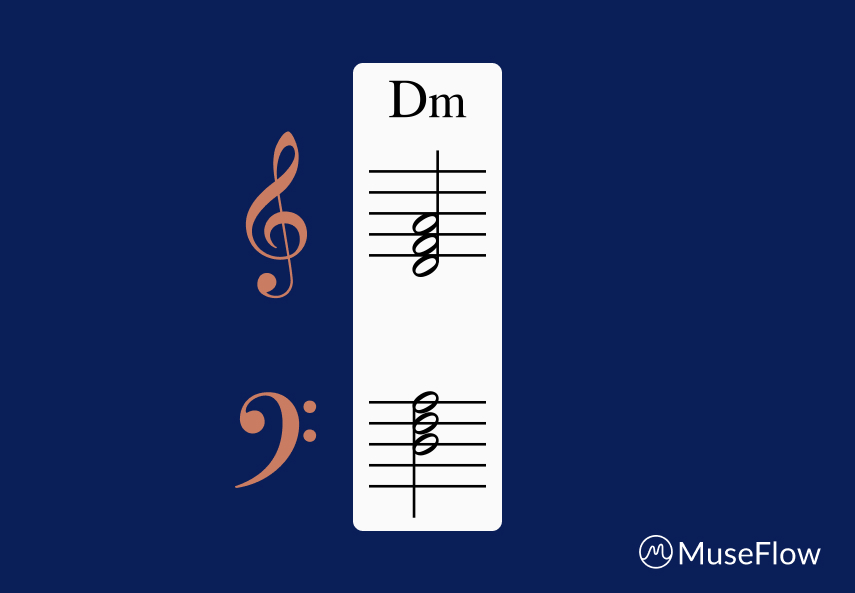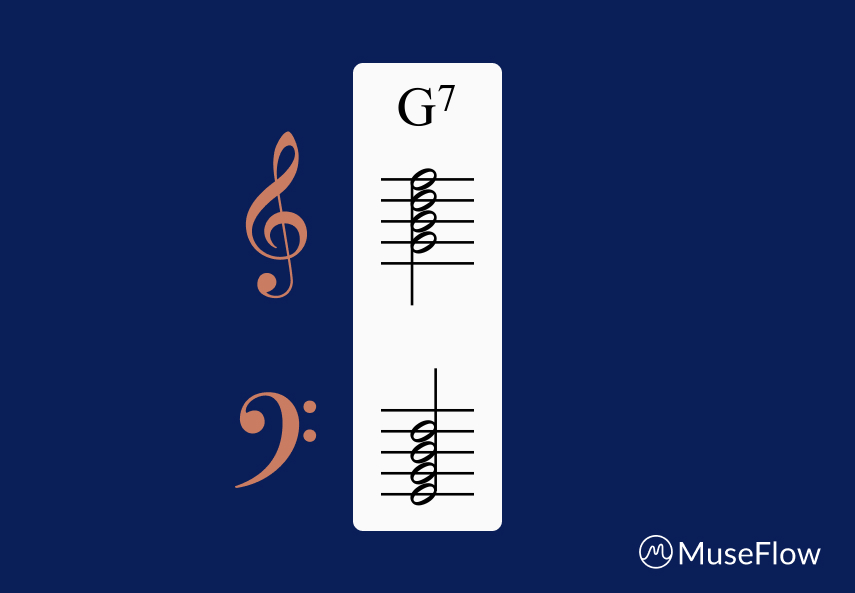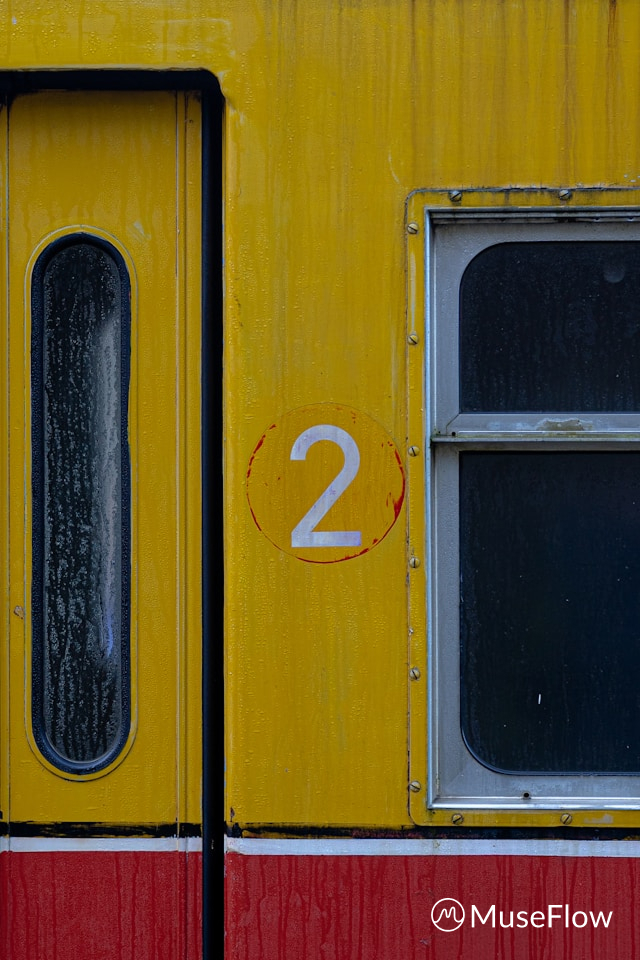The Fastest Way to Learn Piano at Home7 Game-Changing Benefits
Learning to play the piano is a timeless goal, but rigid schedules and expensive private lessons can be major barriers. What if you could learn piano at home on your own terms, faster than ever?
The fastest way to learn piano at home combines cutting-edge technology with proven learning science.
Just as Duolingo revolutionized language learning through gamification, modern piano apps are transforming music education. Several apps have gained broad popularity with children and adults. MuseFlow specializes in sight reading mastery rather than song memorization.

Understanding Fast vs. Slow Feedback Loops
Traditional piano lessons operate on slow feedback loops. You practice for a week... potentially reinforcing mistakes... then get corrected at your next lesson. This creates "negative practice," strengthening incorrect motor skills, understanding, and neural pathways.
Fast feedback loops work differently:
- Immediate correction: You know instantly when you play a wrong note
- Habit formation: Your brain forms correct associations immediately
- Dopamine release: Quick wins trigger reward chemicals that make you want to continue
- Error prevention: Mistakes are caught before becoming ingrained habits
In analyzing piano education online: Challenges and solutions, a National Institutes of Health (NIH) study evaluated students using specialized apps. The findings? Students using specialized learning apps learned pieces nearly 30% faster than traditional methods.
Scholars concluded: "Today, piano education is actively developing in the format of online learning, such training expands the possibilities of theoretical knowledge and practical skills of students regardless of place and time while having high efficiency."
What does this mean practically? Consider if you practiced sight reading 10 minutes a day for 4 days a week. Research suggests your 40 minutes of practice would be as effective as nearly a full hour of practice. Moreover, the time practicing taps into Flow State which makes the learning process much more enjoyable.
7 Revolutionary Benefits of Learning Piano at Home
1. Lightning-Fast Progress Through Real-Time Feedback
Unlike waiting a week for teacher corrections, you get instant feedback that prevents bad habits from forming. This accelerated learning approach helps you progress much faster than traditional methods. You can be more efficient and more effective.
2. Incredibly Simple Setup - No Clutter Required
How to learn piano at home requires minimal equipment:
- Internet connection
- Computer or tablet
- Digital piano or MIDI keyboard. Here are two resources:
- MIDI cable (under $20 if needed) - Included in your MuseFlow annual plan
No stacks of expensive method books cluttering your space, no scattered sheet music, no bulky metronomes. Everything fits in a compact digital setup.
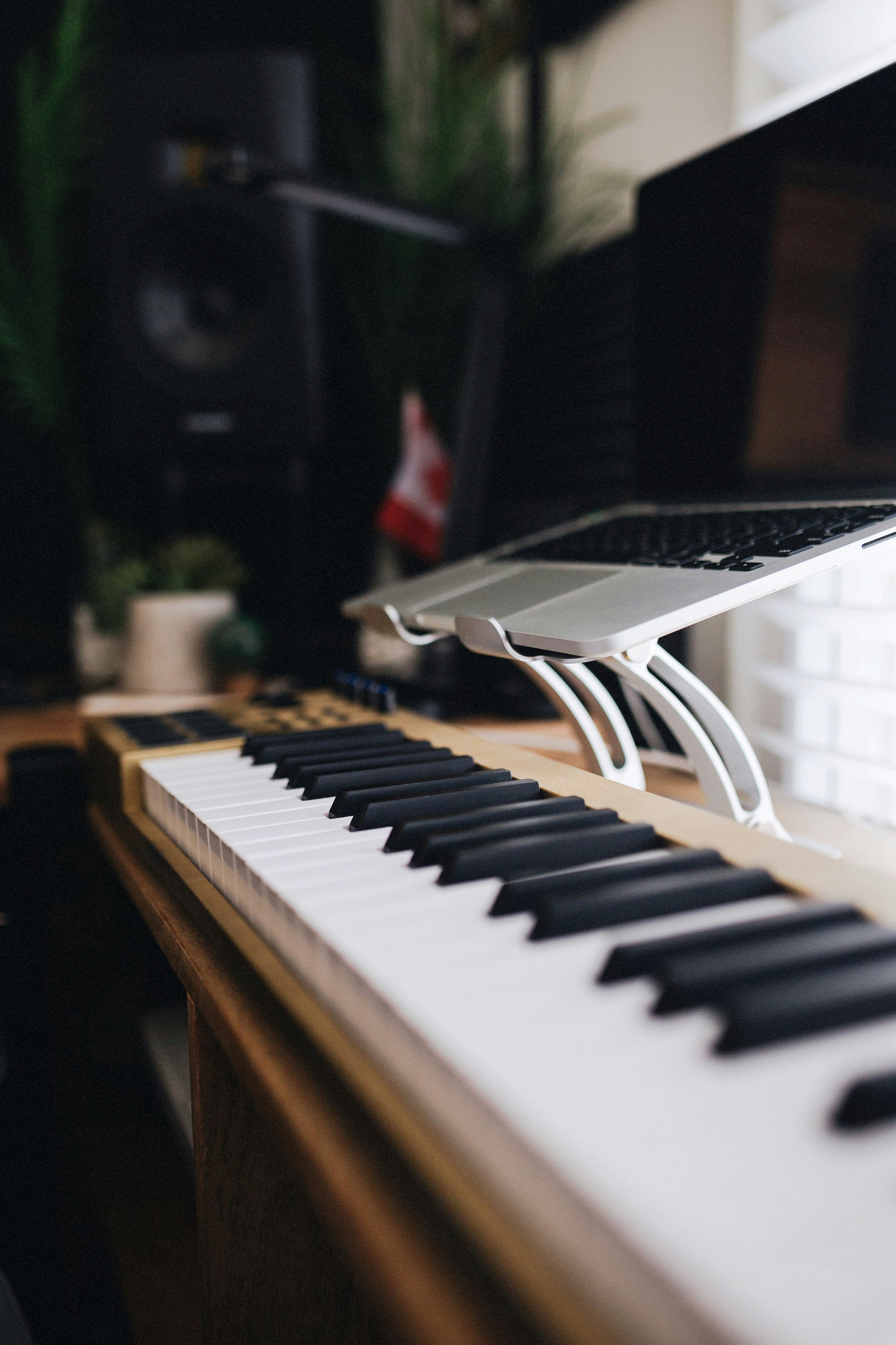
3. Gamified Learning That Actually Works
Like Duolingo's points and streaks, modern piano apps use psychological principles that make practice addictive. MuseFlow creates a Guitar Hero-like experience for sight reading, making practice feel like gaming. In fact, if you like playing video games as a way to decompress, you'll find a similar experience when learning to sight read with MuseFlow.
4. Massive Cognitive and Mental Health Benefits
A National Institutes of Health (NIH) study found that piano practice improves executive function, memory, and processing speed, while also decreasing depression and improving quality of life.
5. Infinite Content Without Physical Storage
Traditional piano learning requires countless method books, exercise collections, and sheet music that fill entire bookshelves. Books and individual pieces costing hundreds of dollars. MuseFlow's revolutionary approach generates endless new material tailored to your skill level:
- Unlimited sight-reading exercises that never repeat
- Progressive difficulty scaling that adapts as you improve
- Personalized practice material generated in real-time
- Zero physical storage
- You'll never outgrow your materials or need additional book purchases
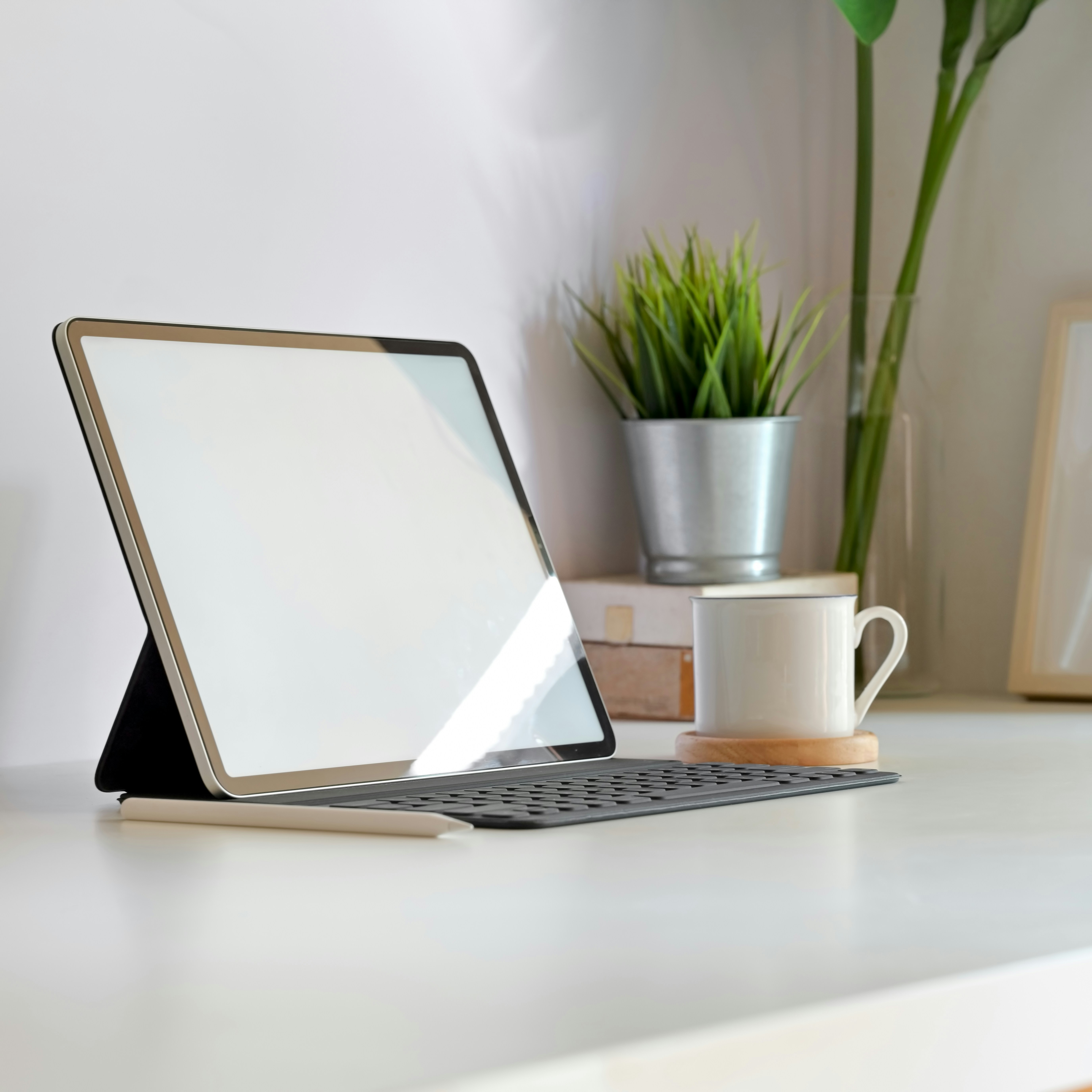
6. Learn at Your Own Pace and Schedule
Home learning with MuseFlow removes the constraints of scheduled lessons. Practice for 10 minutes or or an hour before work or at midnight when the house is quiet. This flexibility helps build consistent habits, which are key to real progress.
Whether you’re a busy professional or juggling family life, MuseFlow fits into your day. Fitness apps let you choose a quick session or a full workout; audiobooks and podcasts turn chores and commutes into learning time. MuseFlow lets you learn piano on your terms.
7. Cost-Effective Long-Term Learning
Private lessons can cost $50–$100+ per hour, and even remote platforms often stick to weekly sessions with fixed schedules. For many, that’s expensive and hard to maintain. The situation is more complicated with limited access in rural areas or a busy lifestyle that doesn’t fit the typical lesson format.
MuseFlow gives you unlimited, on-demand access to a structured, personalized curriculum for less than the price of a single lesson each month. No scheduling, no commuting, no mismatched teaching styles. You receive consistent progress that fits your life and budget.
Conclusion
The fastest way to learn piano at home combines modern technology with accelerated learning science. By leveraging fast feedback loops, gamification, cutting-edge technology and AI, you can achieve musical goals faster than traditional methods. The future of piano education is in your home, available 24/7.

.svg)
